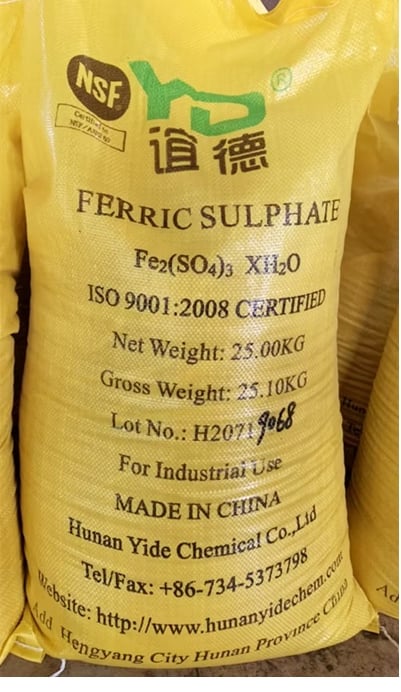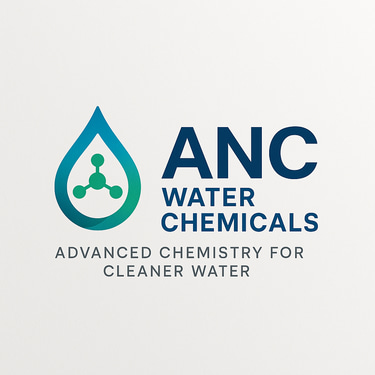Ferric Sulphate
Ferric Sulfate Works in Water Treatment:
Coagulation:
Ferric sulfate neutralizes the electrical charges of suspended particles in water, causing them to clump together (coagulate) into larger, heavier particles.
Flocculation:
These larger particles then settle out of the water more easily, or can be removed by filtration.
Phosphate Removal:
Ferric sulfate is particularly effective at removing phosphates from wastewater, which can contribute to eutrophication in receiving water bodies.
pH Adjustment:
It can also be used to lower the pH of water, which can be beneficial for certain treatment processes.
Heavy Metal Removal:
Ferric sulfate can also precipitate dissolved heavy metals, making them easier to remove from the water.
Applications:
Drinking Water Treatment:
Ferric sulfate is used to clarify raw water, removing turbidity and improving the overall quality of drinking water.
Wastewater Treatment:
It is used in industrial and municipal wastewater treatment plants to remove a wide range of contaminants, including suspended solids, phosphates, and heavy metals.
Other Applications:
It can also be used in the treatment of sludge, helping to dewater and stabilize it for disposal.
Advantages of Ferric Sulfate:
Effective Coagulant:
Ferric sulfate is a strong coagulant, able to remove a wide range of contaminants.
Wide pH Range:
It is effective over a relatively broad pH range, making it suitable for various water treatment applications.
Phosphate Removal:
It is particularly effective at removing phosphates, which can be a major pollutant in wastewater.
Sludge Conditioning:
It can improve the dewatering of sludge, making it easier to handle and dispose o


